Retro Replay Review
Gameplay
Dead Space delivers a tense, methodical gameplay loop that revolves around exploration, resource management, and combat. Players take on the role of engineer Isaac Clarke, guiding him through the claustrophobic corridors of the derelict USG Ishimura. Combat is built around the innovative “strategic dismemberment” mechanic, which forces players to carefully aim for limbs rather than center mass. This design choice transforms every firefight into a calculated endeavor, as striking different parts of a Necromorph’s body can change its behavior or render it harmless.
(HEY YOU!! We hope you enjoy! We try not to run ads. So basically, this is a very expensive hobby running this site. Please consider joining us for updates, forums, and more. Network w/ us to make some cash or friends while retro gaming, and you can win some free retro games for posting. Okay, carry on 👍)
The arsenal at Isaac’s disposal consists of improvised mining tools retrofitted into lethal weapons. The plasma cutter, rotary saw, and hydrazine torch each come with a secondary fire mode, opening up tactical options—whether you’re rotating the plasma cutter for vertical cuts or unleashing a concentrated flamethrower blast. Ammunition scarcity and limited inventory space heighten the survival-horror tension, pushing players to scavenge for resources, make tough decisions at shop stations, and prioritize upgrades at workbenches.
Dead Space also weaves in environmental puzzles and zero-gravity segments that diversify the pacing. In zero-G areas, Isaac must navigate with thrusters and carefully manage oxygen, turning movement into a slow, deliberate affair. Environmental hazards—from malfunctioning elevators to leaking conduits—blend puzzle-solving with the ever-present threat of a Necromorph ambush. The result is a game that constantly balances adrenaline-fueled combat with moments of quiet dread.
Inventory and progression feel satisfying thanks to the diegetic HUD system. Isaac’s health bar and stasis meter are integrated into his suit, reinforcing immersion by eliminating traditional overlays. Collecting power nodes for RIG upgrades or weapon enhancements becomes a meaningful subplot, encouraging players to fully explore every level for hidden stashes. This seamless design ensures that every kill, every scrap of ammo, and every upgrade carry weight.
Moreover, the game’s save checkpoints and store locations are strategically placed to maintain tension without becoming unfair. Players learn to read the environment—dead-end halls might hide supplies or sudden attacks, and store kiosks offer respites to plan loadouts. Combined with the choice between stealth approaches, direct confrontation, or using stasis and kinesis abilities, Dead Space’s gameplay remains varied and deeply engaging from start to finish.
Graphics
Dead Space’s graphics establish a foreboding atmosphere from the moment you step onboard the Ishimura. The ship’s corridors are rendered with meticulous detail: flickering lights, sparking wires, and pools of otherworldly liquid that pulse with ominous life. The use of dynamic lighting and shadow ensures that corners and vents remain perilous, often hiding threats until the very last second.
The Necromorph designs are grotesque and memorable, combining skeletal frames with oozing flesh and spindly limbs. Their animations—jerky, unsettling, and unpredictable—intensify the horror, especially when they burst through walls or drop from above. Gore effects are satisfying without crossing into gratuitous territory; dismemberment feels visceral, and watching a limb fly off the body in slow motion delivers a cathartic sense of precision.
Textures and asset quality hold up impressively, even in more expansive sections like the bridge or hydroponics bay. Each area of the Ishimura feels distinct, highlighted by environmental storytelling: blood-smeared tools, skeletal remains pinned to bulkheads, and flickering warning panels all contribute to the ship’s narrative. Particle effects—sparks, gas leaks, and debris—further lean into the feeling of a vessel on the brink of collapse.
Complementing the visuals is a diegetic interface that places health and ammo information directly on Isaac’s suit and weapons. This design choice not only deepens immersion but also keeps your eyes on the horrors around you. Cutscenes and scripted events utilize the same visual style, avoiding jarring transitions and preserving tension as the story unfolds.
Even on higher difficulties, the performance remains stable, ensuring that lighting and particle intensity do not compromise frame rate. Whether you’re playing in dimly lit maintenance tunnels or the bright, sterile corridors of the medical deck, Dead Space’s graphical prowess serves the game’s horror and sci-fi elements, creating one of the most immersive environments in the genre.
Story
Dead Space’s narrative kicks off with the USG Ishimura, a massive starship drilling on the barren planet Aegis VII, sending out a desperate distress signal to the Concordance Extraction Corporation. When a rescue craft attempts to dock, a critical malfunction causes it to slam into the Ishimura, setting off a chain reaction of chaos. What was supposed to be a straightforward salvage mission quickly devolves into a fight for survival against reanimated horrors known as Necromorphs.
At the center of the story is Isaac Clarke, a systems engineer thrust into the nightmare by fate rather than training. His companions, including the ship’s pilot and a medical officer, lean on his technical skills to restore power, reroute life support, and uncover the truth behind the Necromorph outbreak. As Isaac navigates the ship’s derelict corridors, audio logs and crew journals reveal corporate cover-ups, cult activities, and the artifact known as the Marker—an alien relic tied to the necromantic contagion.
The pacing of Dead Space’s story is expertly handled, with quieter exploration sequences offset by explosive encounters and scripted scares. Emotional beats are woven through desperate pleas for help, panicked voice channels, and the growing realization that the Marker’s influence extends far beyond mechanical failure. Isaac’s journey becomes a personal fight, not just to save himself but to piece together the events that turned the Ishimura into a floating graveyard.
Dialogue is sparse but impactful, often conveyed through static-filled radio chatter or chilling holographic transcripts. This restrained approach lends authenticity to Isaac’s isolation—he rarely feels like a muscle-bound hero, more like an engineer out of his depth. The narrative climax ties together the ship’s fate, corporate malice, and the cosmic horror of an ancient alien presence, delivering a conclusion that satisfies both sci-fi intrigue and psychological dread.
Overall, Dead Space’s story isn’t about grand speeches or epic heroics; it’s about survival, desperation, and the human cost of corporate hubris. The game’s ending leaves threads open for future installments while providing a self-contained arc that leaves players haunted by what they’ve witnessed long after the credits roll.
Overall Experience
Dead Space stands as a milestone in survival horror, seamlessly blending third-person shooting mechanics with an oppressive atmosphere that keeps players on edge. From the first spine-chilling ambush to the final confrontation with the true source of the outbreak, every moment feels intentional and gripping. The strategic dismemberment system not only refreshes the combat but also reinforces the theme of desperate improvisation—you fight with what you have at hand.
The game’s production values—top-notch sound design, dynamic lighting, and a focused narrative—work in concert to create an immersive experience that few titles can match. Even routine tasks like opening doors or rerouting power become tense moments when the threat of a Necromorph squeak lurks nearby. This attention to detail makes Dead Space more than just a shooter; it’s an interactive horror film where failure comes with visceral consequences.
For newcomers to the genre, Dead Space offers a challenging but fair introduction to survival horror principles, complete with upgrades that reward exploration and meticulous combat. Veterans will appreciate the depth of the weapon customization, the layered environmental storytelling, and the way the game continuously subverts expectations with new enemy types and evolving threats.
Ultimately, Dead Space is an essential experience for fans of sci-fi horror and anyone seeking a memorable, adrenaline-fueled journey. Its marriage of gameplay innovation, striking visuals, and a taut narrative ensures that it remains a benchmark for atmospheric design and engaging mechanics. Whether you’re here for the jump scares or the meticulous strategy of limb-targeting warfare, Dead Space delivers an unforgettable ride through the dark heart of space.
With every corridor bringing fresh dread and every enemy encounter demanding careful thought, Dead Space never lets suspense slip. It’s a masterclass in how to craft a cohesive horror shooter, and its influence resonates in countless games that followed. Play it in the dark, with headphones on, and prepare to be both terrified and exhilarated from start to finish.
 Retro Replay Retro Replay gaming reviews, news, emulation, geek stuff and more!
Retro Replay Retro Replay gaming reviews, news, emulation, geek stuff and more!
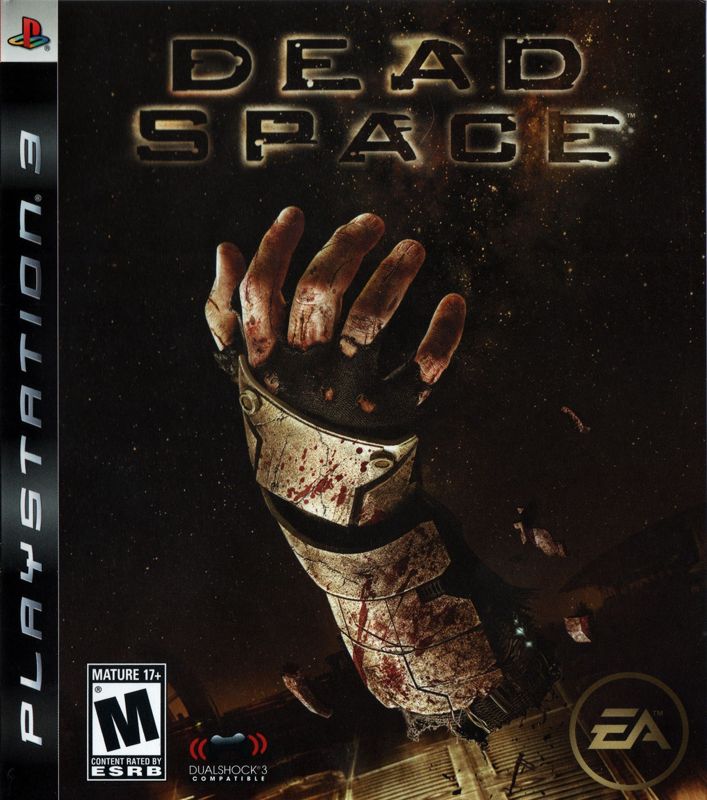
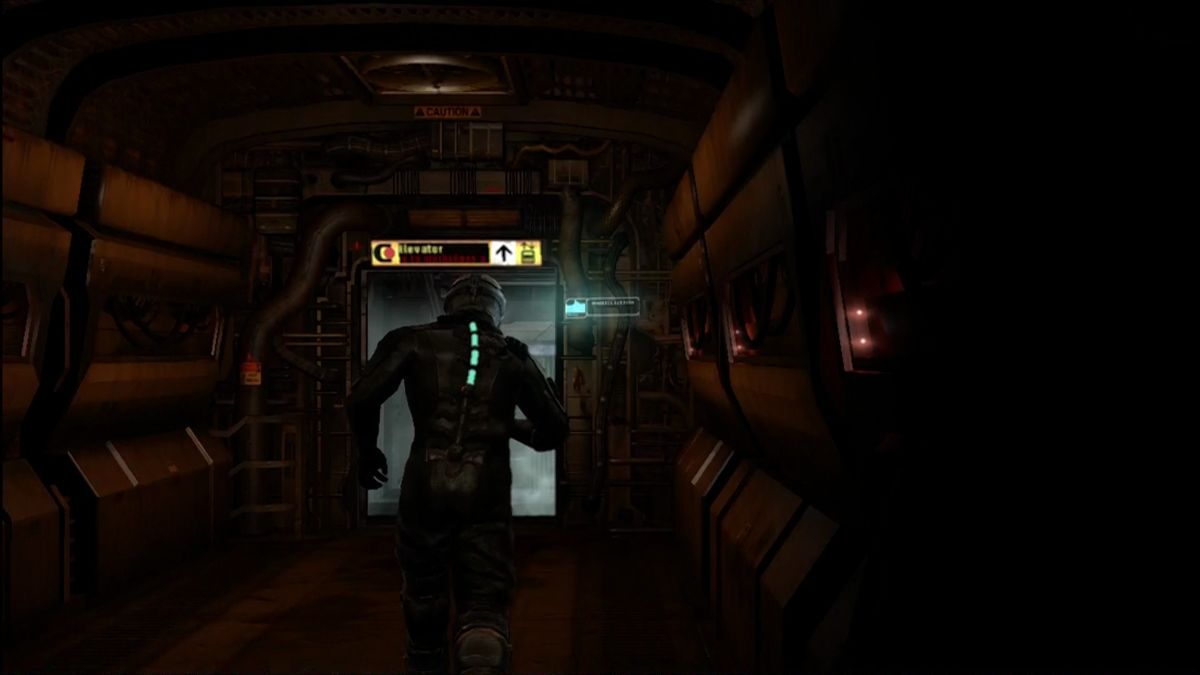
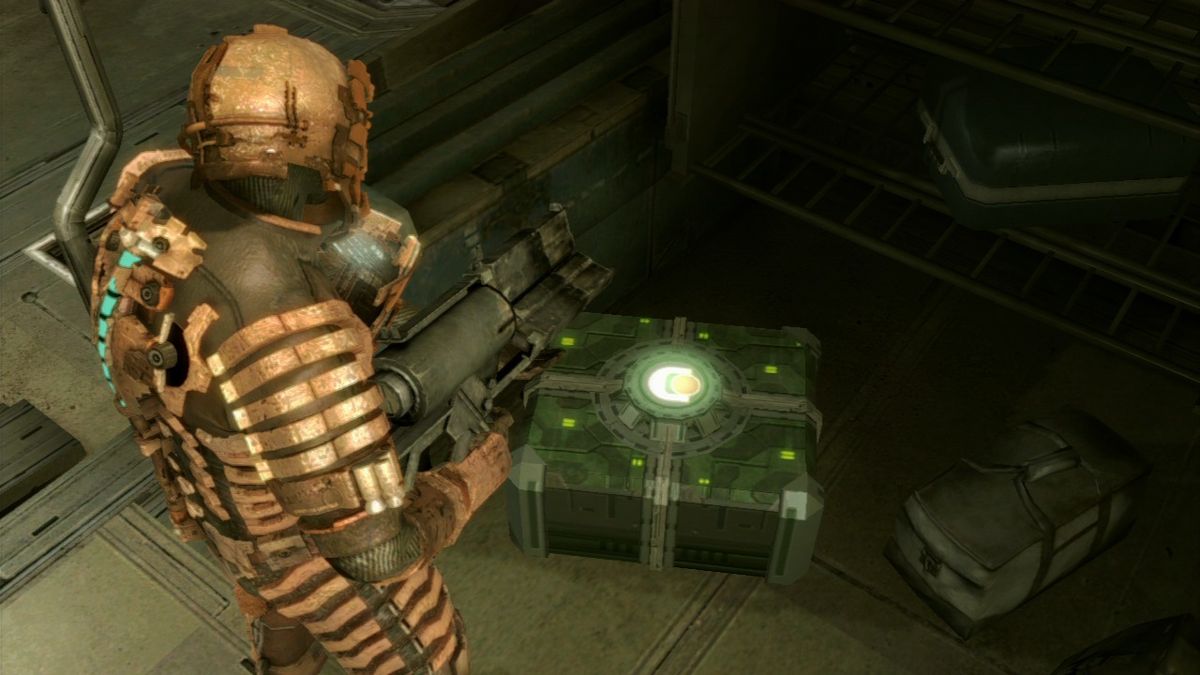
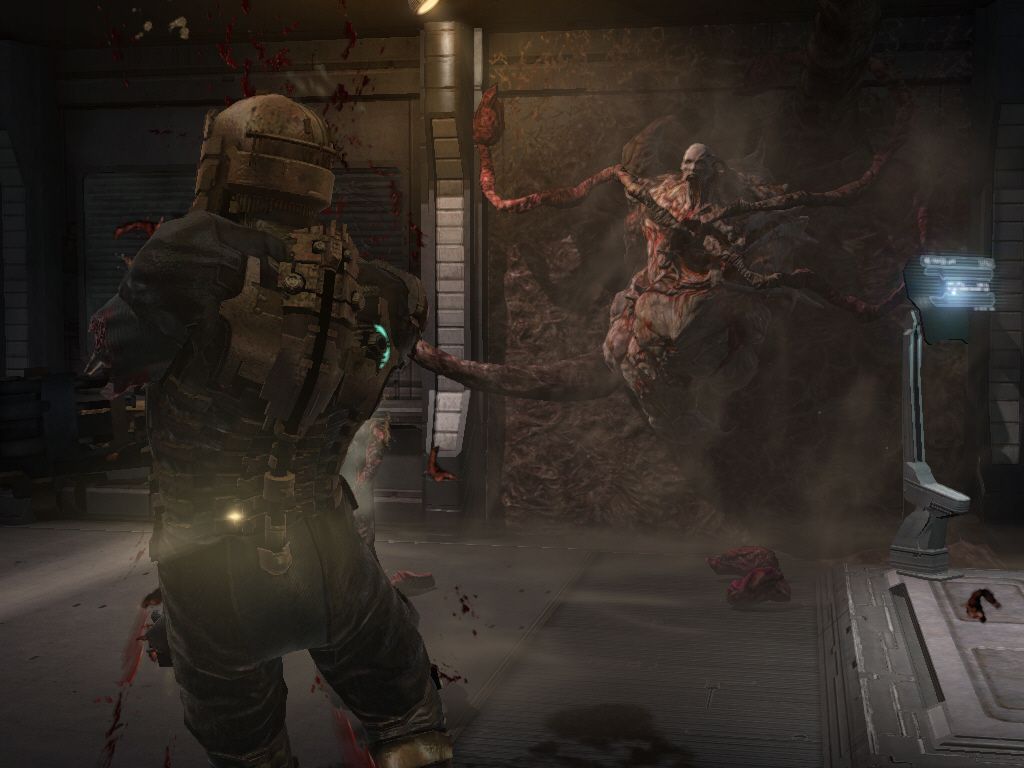
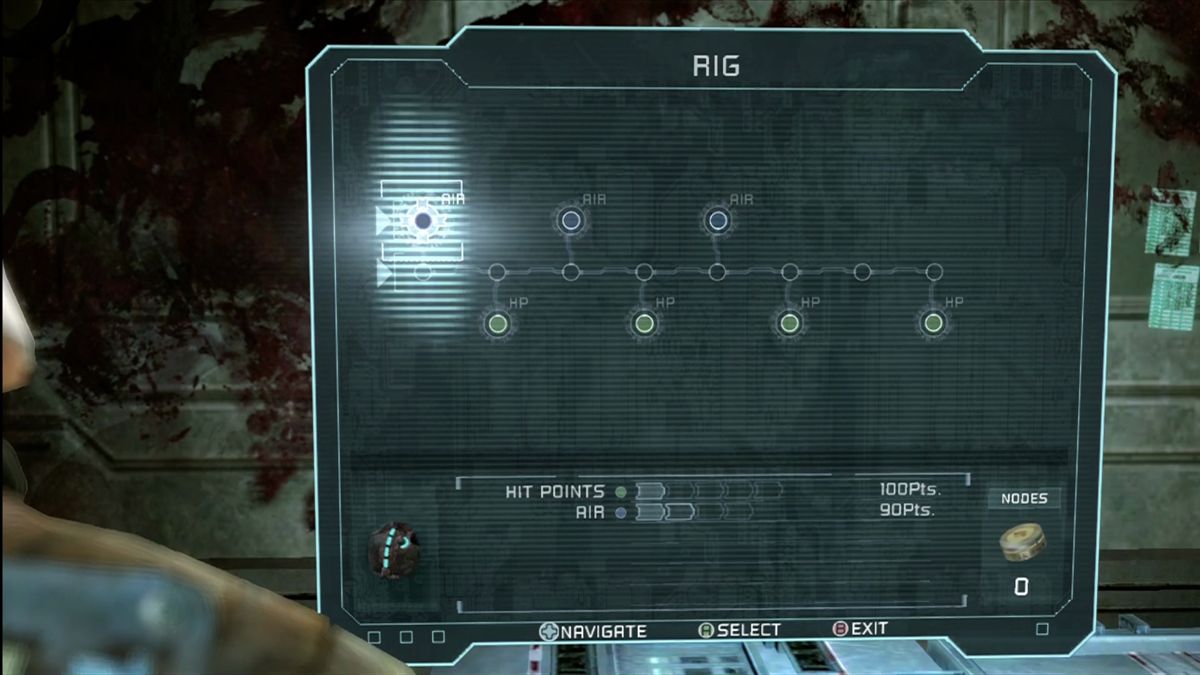
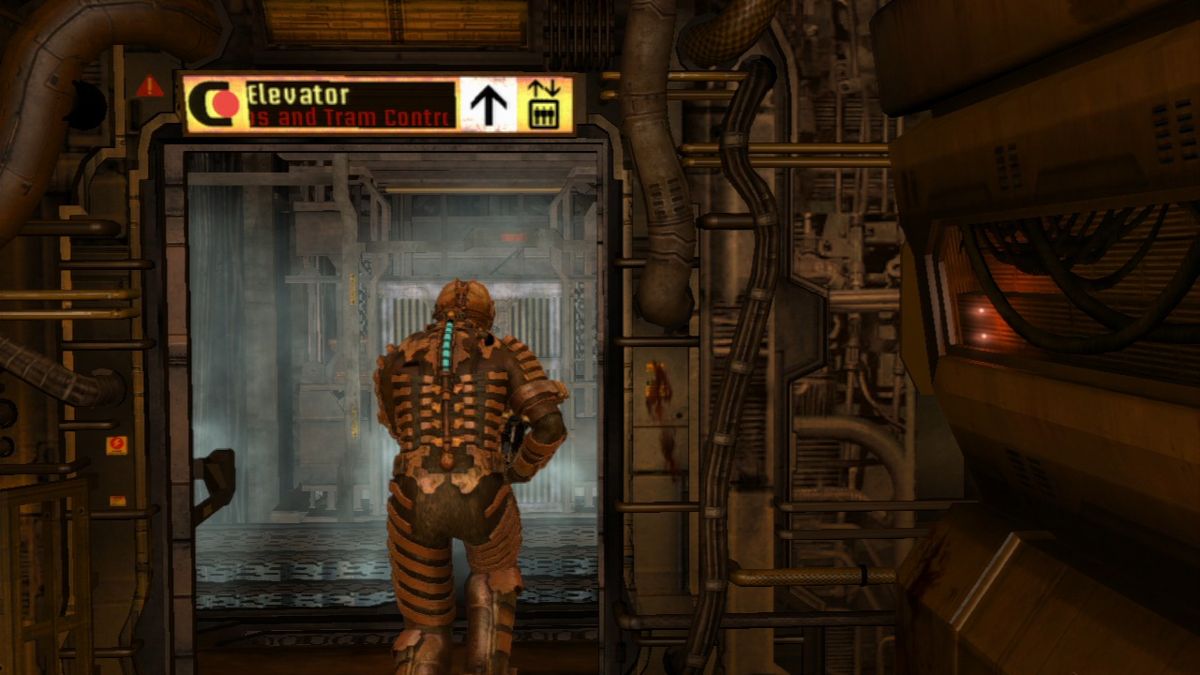



Reviews
There are no reviews yet.